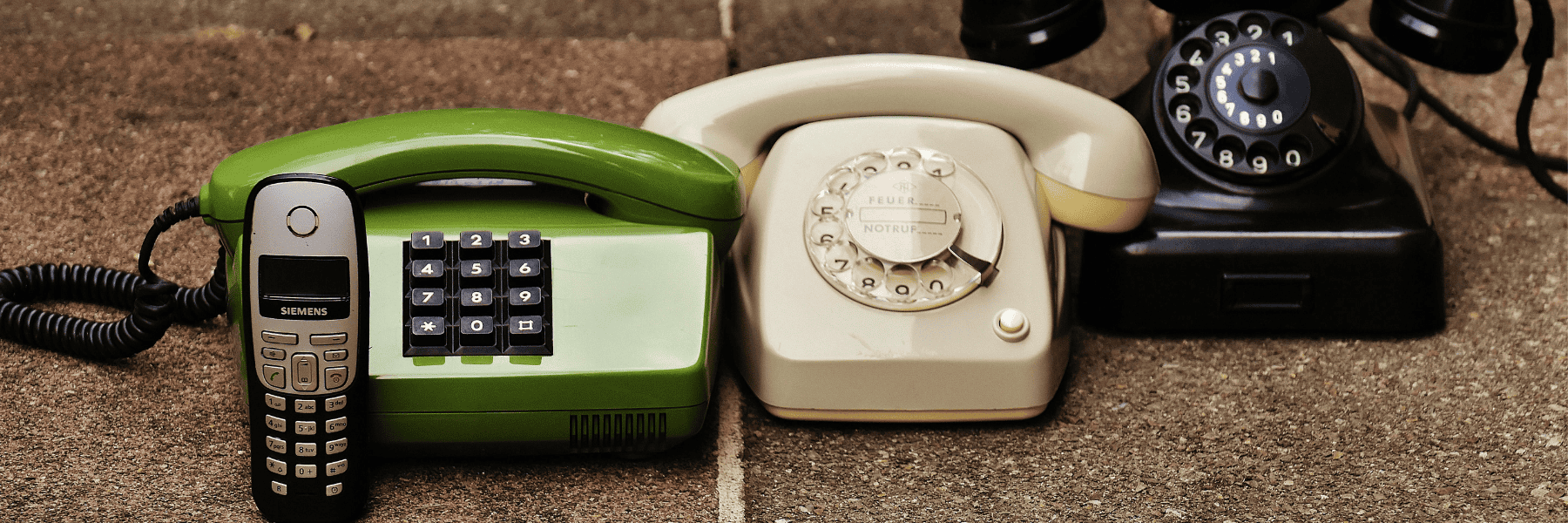
Celebrating Women’s History Month: Alianza honors standout women in telecom from the 20th and 21st centuries
During Women’s History Month, organizations from all sectors of the economy are shining a spotlight on trailblazing women. Learning about their achievements often surfaces familiar names and stories, while also introducing lesser-known facts and figures.
Did you know the first telephone switchboard designed by George W. Coy in 1878 was held together with wire from a women’s bustle? Fact.
Or that boys were originally hired to operate Coy’s switchboard, but proved unreliable, often rough housing and leaving calls unattended, encouraging Coy and other operators to hire young women or “Telephone Girls” whose numbers grew considerably from 88,000 in 1910 to 178,000 in 1920 to as many as 235,000 in 1930.
Did you know that work became so frantic during peak call times that some female operators wore roller skates? Fact.
As direct dial capabilities were introduced in the 1940s women continued to play an instrumental role in voice communications, often pushing the industry to new heights. At Alianza, we pay tribute to notable innovators from telecom history in the naming of our conference rooms, recognizing that the industry is always building on itself and that the opportunities of tomorrow wouldn’t be possible without these early pioneers.
Hedy Lamarr: Actress to innovator
Take Hedy Lamarr whose frequency-hopping communication system led to the development of technologies such as Wi-Fi, GPS, and Bluetooth.
Best known for her acting career as a film star in the 1930s to 1950s, Lamarr was also an inventor, and she co-developed an early form of spread-spectrum communication technology that’s the basis of today’s modern wireless communications.
Self-taught, Lamarr reportedly learned about technology on walks with her father who would explain how different devices work. She later married Austrian arms manufacturer Friedrich Mandl and often attended meetings with scientists and others in military technology exposing her to the field of applied science.
In the 1940s, she partnered with pianist and composer George Antheil to develop a “secret communication system” using radio frequency hopping as a covert guidance system to prevent foreign militaries from jamming torpedoes to take them off course. In their patent application,
Lamarr noted that the 88 rows of perforations on a player piano scroll inspired the development of a system that relied on 88 different carrier frequencies to guide communications and obscure the source of the controlling impulse.
The Electronic Frontier Foundation recognized Lamarr and Antheil with its 1997 Pioneer Award for their contributions to the field of spread-spectrum technology. She was posthumously inducted into the National Inventors Hall of Fame in 2014 and later recognized with a Google Doodle in 2015 for “developing technologies we all use with our smartphones today.”
Marian Croak: Telco 2.0 pioneer
Fast forward several decades and Alianza also honors Marian Croak for pioneering voice over internet protocol (VoIP). A prolific inventor in voice and data communications, Croak holds more than 200 patents primarily focused on internet protocol (IP) technology. She is also credited with helping to develop voice and text messaging on cellular phones, and co-inventing the technology enabling secure text-based donations for charities. The latter was inspired by the public’s desire to aid New Orleans in the aftermath of Hurricane Katrina.
In 2022, The National Academy of Engineering recognized Croak’s telco contributions, electing her to its membership for her “technical and managerial leadership in the implementation of packet voice networking and for promotion of minority inclusion in engineering.”
The same year, Croak and ophthalmologist Dr. Patricia Bath were the first two Black women inducted into the National Inventors Hall of Fame. Croak was honored for her advancements in VoIP technologies that convert voice data into digital signals that can be transmitted over broadband internet connections instead of regular analog phone lines.
“Her work has furthered the capabilities of audio and video conferencing, making it a practical reality in today’s world,” the organization said.
The move from Telco 1.0 with operator-assisted and direct dial calls to Telco 2.0 with the emergence of wireless and broadband technology proved significant and today telcos face a similar shift to migrate core communications from IP-based infrastructure to the cloud. Cloud communications technology is defining Telco 3.0 and setting the foundation for the next era of Telco 4.0 intelligence, driven by AI.
The Alianza cloud-native core communications platform has been purpose-built for service providers to facilitate this transition and set the foundation for future innovation and business growth. We wouldn’t be here if it weren’t for Lamarr, Croak and numerous others (also recognized throughout the office) and we can’t wait for all that’s head across the industry.


